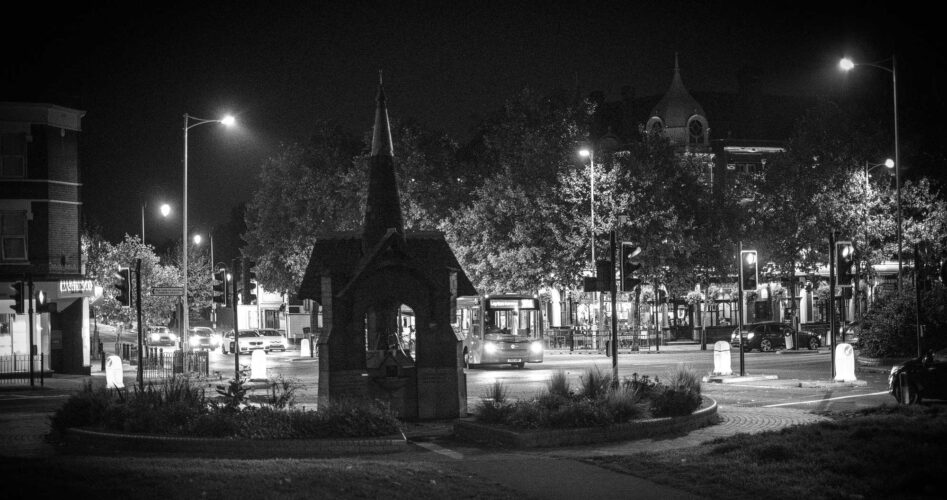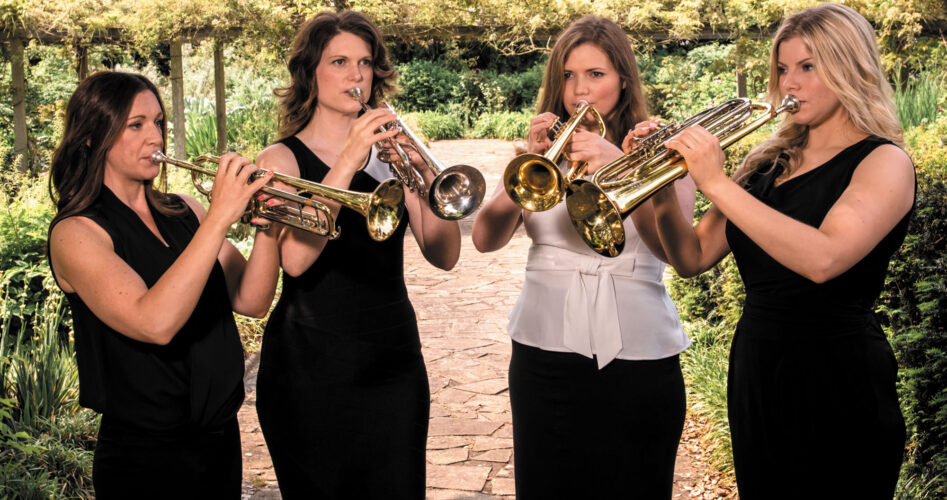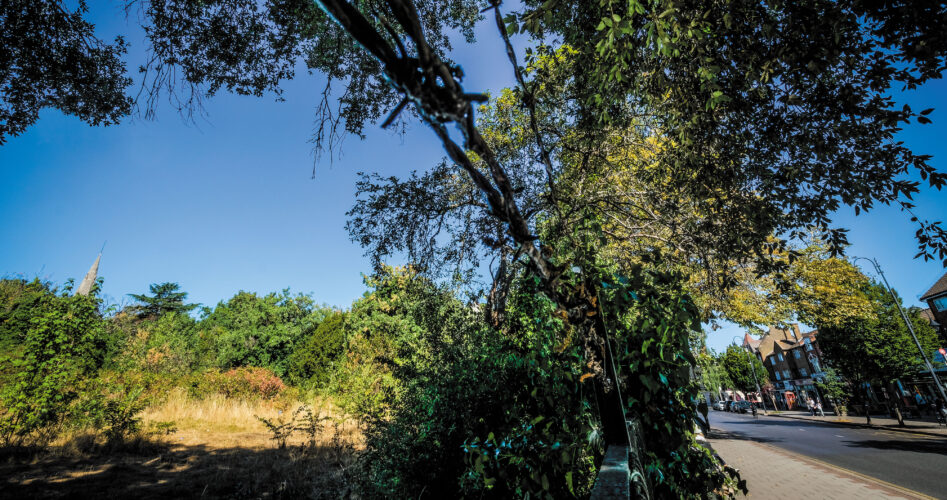Residents gathered on George Green earlier this month for the switching on of Wanstead’s Christmas tree lights. Here, local councillors Jo Blackman, Paul Donovan, Daniel Morgan-Thomas, Sheila Bain and Bayo Alaba reflect on the event. Photo by Geoff Wilkinson
As councillors, one of the highlights of our year is the annual turning on of the Christmas tree lights on George Green. It is a great opportunity for the community to come together. For us, and many others, it has come to mark the official start of the build-up to Christmas.
The ceremony has grown over the years. We are always grateful to be joined by Wanstead Church School’s choir, and more recently also by Steve Hayden, the popular local milkman. We are also often joined by panto stars from Redbridge Drama Centre, and this year, we had even more special guests, with Father Christmas making an appearance alongside DJ Dapper Elf and Christmas Belles on stilts.
Whilst festive events are a time to celebrate, they are also often a reminder of those who are no longer with us, in particular those we’ve recently lost, including through the pandemic. And, of course, we now really appreciate these opportunities to gather with friends and neighbours in person more than ever after ceremonies like this were put on hold in recent years.
We know Christmas can bring financial pressures to the fore and that many will be concerned about their finances with rising inflation and economic uncertainty. The council has mobilised a range of support, and we would encourage those facing pressures to look at the council’s special website which brings together the range of support provided.
We are lucky to have such an active and supportive community in Wanstead, and encourage residents to check on their neighbours throughout the festive season and support the local Tin in a Bin foodbank initiative, as well as other local community projects.
There are some great opportunities to entertain the family in Redbridge this year. The pantomime at the Kenneth More Theatre in Ilford is Aladdin. After a successful first year, the ice rink and Christmas market are returning to Fairlop Waters. And Valentines Mansion is hosting a Victorian Christmas event on 3 and 4 December with a range of craft and festive activities. Wanstead also has a number of local Christmas events, including school Christmas fayres and events hosted by local churches, as well as the Christmas market on the High Street on 17 December.
We wish you all a very merry Christmas and a happy New Year.
For support with the cost of living, visit costofliving.redbridge.gov.uk
For more information on Wanstead Village and Wanstead Park councillors. Visit wnstd.com/councillors












